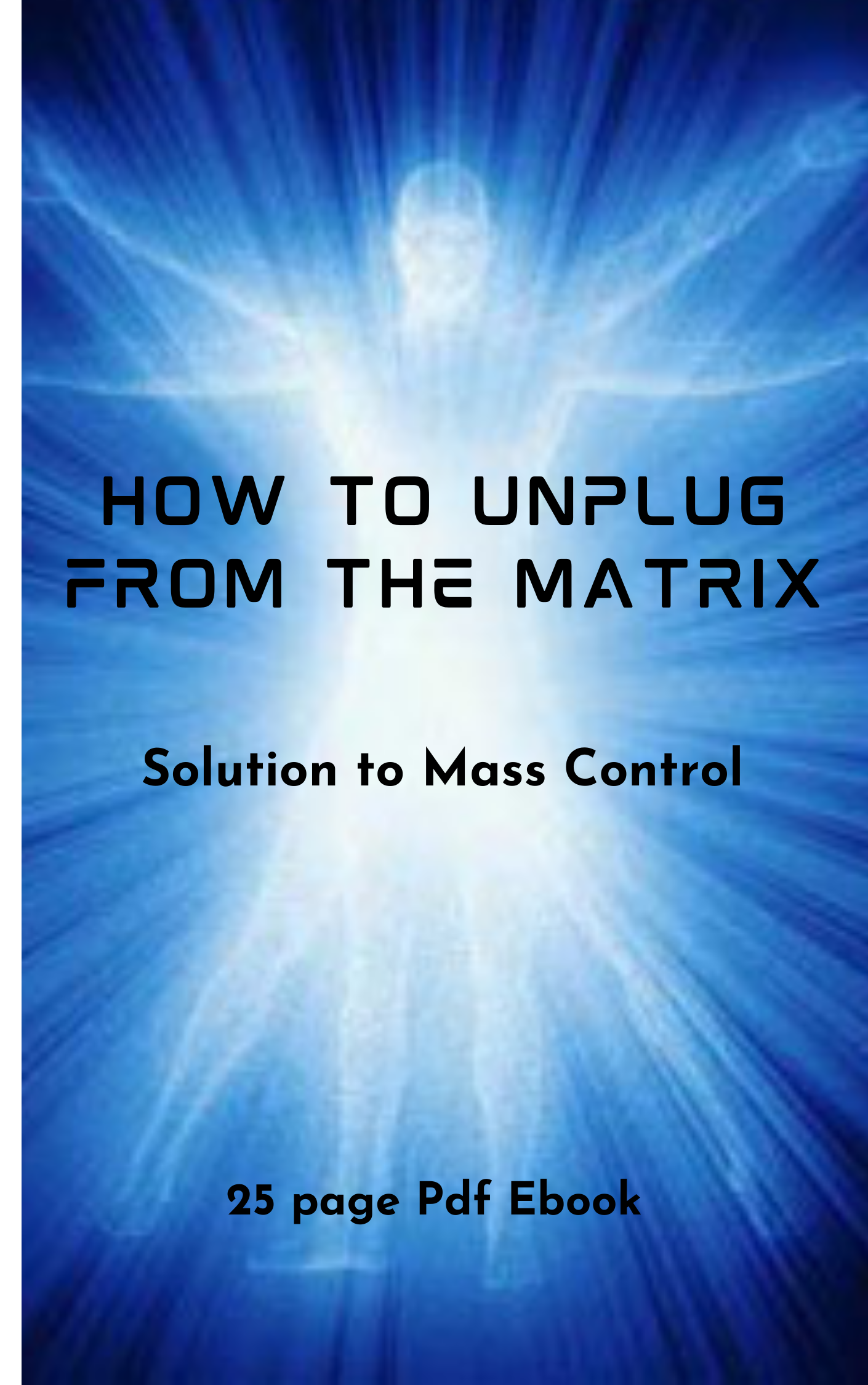The “elite” are a group, society or club or an organization whose activities, events, and inner functioning are concealed from non-members. The society may or may not attempt to conceal its existence.
The term usually excludes covert groups, such as intelligence agencies or guerrilla insurgencies, that hide their activities and memberships but maintain a public presence.
The exact qualifications for labeling a group a secret society are disputed, but definitions generally rely on the degree to which the organization insists on secrecy, and might involve the retention and transmission of secret knowledge, the denial of membership or knowledge.
A purported ‘family tree of secret societies’ has been proposed, although it may not be comprehensive.
He defines it as any group that possesses the following characteristics:
It has “carefully graded and progressed teachings”
Teachings are “available only to selected individuals”
Teachings lead to “hidden (and ‘unique’) truths”
KNIGHTS TEMPLAR
In 1119, the French knight Hugues de Payens approached King Baldwin II of Jerusalem and Warmund, Patriarch of Jerusalem, and proposed creating a monastic order for the protection of these pilgrims. King Baldwin and Patriarch Warmund agreed to the request, probably at the Council of Nablus in January 1120, and the king granted the Templars a headquarters in a wing of the royal palace on the Temple Mount in the captured Al-Aqsa Mosque. The Temple Mount had a mystique because it was above what was believed to be the ruins of the Temple of Solomon.
Officially endorsed by the Roman Catholic Church around 1129, the Order became a favoured charity throughout Christendom and grew rapidly in membership and power. Templar knights, in their distinctive white mantles with a red cross, were among the most skilled fighting units of the Crusades.
Although the primary mission of the Order was military, relatively few members were combatants. Non-combatant members of the Order managed a large economic infrastructure throughout Christendom, innovating financial techniques that were an early form of banking, and building fortifications across Europe and the Holy Land.
The Templar Order, though its members were sworn to individual poverty, was given control of wealth beyond direct donations. A nobleman who was interested in participating in the Crusades might place all his assets under Templar management while he was away.
The impoverished status of the Templars did not last long. They had a powerful advocate in Saint Bernard of Clairvaux, a leading Church figure, the French abbot primarily responsible for the founding of the Cistercian Order of monks and a nephew of André de Montbard, one of the founding knights.
Bernard put his weight behind them and wrote persuasively on their behalf in the letter ‘In Praise of the New Knighthood’, and in 1129, at the Council of Troyes, he led a group of leading churchmen to officially approve and endorse the Order on behalf of the Church.
With this formal blessing, the Templars became a favoured charity throughout Christendom, receiving money, land, businesses, and noble-born sons from families who were eager to help with the fight in the Holy Land.
With its clear mission and ample resources, the Order grew rapidly. Templars were often the advance shock troops in key battles of the Crusades, as the heavily armoured knights on their warhorses would set out to charge at the enemy, ahead of the main army bodies, in an attempt to break opposition lines.
Accumulating wealth in this manner throughout Christendom and the Outremer, the Order in 1150 began generating letters of credit for pilgrims journeying to the Holy Land: pilgrims deposited their valuables with a local Templar preceptory before embarking, received a document indicating the value of their deposit, then
Based on this mix of donations and business dealing, the Templars established financial networks across the whole of Christendom. They acquired large tracts of land, both in Europe and the Middle East; they bought and managed farms and vineyards; they built massive stone cathedrals and castles; they were involved in manufacturing, import and export; they had their own fleet of ships; and at one point they even owned the entire island of Cyprus.
CLICK ON ABOVE GRAPHIC FOR MORE INFORMATION
KNIGHTS TEMPLAR DECLINE
In the mid-12th century, the tide began to turn in the Crusades. The Muslim world had become more united under effective leaders such as Saladin, and dissension arose amongst Christian factions in, and concerning, the Holy Land.
With the Order’s military mission now less important, support for the organization began to dwindle. The situation was complex, however, since during the two hundred years of their existence, the Templars had become a part of daily life throughout Christendom. The organization’s Templar Houses, hundreds of which were dotted throughout Europe and the Near East, gave them a widespread presence at the local level.
Arrests, charges and dissolution
In 1305, the new Pope Clement V, based in Avignon, France, sent letters to both the Templar Grand Master Jacques de Molay and the Hospitaller Grand Master Fulk de Villaret to discuss the possibility of merging the two Orders. Neither was amenable to the idea, but Pope Clement persisted, and in 1306 he invited both Grand Masters to France to discuss the matter.
De Molay arrived first in early 1307, but de Villaret was delayed for several months. While waiting, De Molay and Clement discussed criminal charges that had been made two years earlier by an ousted Templar and were being discussed by King Philip IV of France and his
At dawn on Friday, 13 October 1307 (a date sometimes linked with the origin of the Friday the 13th superstition) King Philip IV ordered de Molay and scores of other French Templars to be simultaneously arrested. The arrest warrant started with the phrase: “Dieu n’est pas content, nous avons des ennemis de la foi dans le Royaume” [“God is not pleased. We have enemies of the faith in the kingdom”].
Claims were made that during Templar admissions ceremonies, recruits were forced to spit on the Cross, deny Christ, and engage in indecent kissing; brethren were also accused of worshiping idols, and the order was said to have encouraged homosexual practices.
The Templars were charged with numerous other offences such as financial corruption, fraud, and secrecy. Many of the accused confessed to these charges under torture, and these confessions, even though obtained under duress,
Relenting to Phillip’s demands, Pope Clement then issued the papal bull Pastoralis Praeeminentiae on 22 November 1307, which instructed all Christian monarchs in Europe to arrest all Templars and seize their assets.
In 1307, many of the Order’s members in France were arrested, tortured into giving false confessions, and then burned at the stake. Under pressure from King Philip, Pope Clement V disbanded the Order in 1312.
With Philip threatening military action unless the pope complied with his wishes, Pope Clement finally agreed to disband the Order, citing the public scandal that had been generated by the confessions. At the Council of Vienne in 1312, he issued a series of papal bulls, including Vox in excelso, which officially dissolved the Order
With the last of the Order’s leaders gone, the remaining Templars around Europe were either arrested and tried under the Papal investigation (with virtually none convicted), absorbed into other military orders.
The story of the persecution and sudden dissolution of the secretive yet powerful medieval Templars has drawn many other groups to use alleged connections with the Templars as a way of enhancing their own image and mystery.
The English army were so afraid at 1314 Bannockburn of the Knights Templar that they ran away.
Beginning in the 1960s, there have been speculative popular publications surrounding the Order’s early occupation of the Temple Mount in Jerusalem and speculation about what relics the Templars may have found there, such as the Holy Grail or the Ark of the Covenant,
CLICK ON ABOVE GRAPHIC FOR MORE INFORMATION
FREEMASONRY
Freemasonry consists of fraternal organisations that trace their origins to the local fraternities of stonemasons, which from the end of the fourteenth century regulated the qualifications of stonemasons and their interaction with authorities and clients.
The degrees of freemasonry retain the three grades of medieval craft guilds, those of Apprentice, Journeyman or Fellowcraft, and Master Mason.
In all of these ceremonies, the candidate is entrusted with passwords, signs and grips peculiar to his new rank.
The basic, local organisational unit of Freemasonry is the Lodge. The Lodges are usually supervised and governed at the regional level (usually coterminous with either a state, province, or national border) by a Grand Lodge or Grand Orient.
Modern Freemasonry broadly consists of two main recognition groups. Regular Freemasonry insists that a volume of scripture is open in a working lodge.
The Masonic Lodge is the basic organisational unit of Freemasonry. The Lodge meets regularly to conduct the usual formal business of any small organisation (pay bills, organise social and charitable events, elect new members, etc.).
Most Grand Lodges require the candidate to declare a belief in a Supreme Being.
Masons swear at each degree to keep the contents of that degree secret, and to support and protect their brethren, unless they have broken the law.
North America
The earliest known American lodges were in Pennsylvania. The Collector for the port of Pennsylvania, John Moore, wrote of attending lodges there in 1715, two years before the formation of the first Grand Lodge in London.
The Premier Grand Lodge of England appointed a Provincial Grand Master for North America in 1731, based in Pennsylvania.
After the American Revolution, independent U.S.
Grand Lodges formed themselves within each state. Some thought was briefly given to organising an overarching “Grand Lodge of the United States,” with George Washington (who was a member of a Virginian lodge) as the first Grand Master,
Conspiracy theorists have long associated Freemasonry with the New World Order and the Illuminati, and state that Freemasonry as an organisation is either bent on world domination or already secretly in control of world politics.
Even in modern democracies, Freemasonry is sometimes viewed with distrust. In the UK, Masons working in the justice system, such as judges and police officers, were from 1999 to 2009 required to disclose their membership.
ILLUMINATI
The Illuminati (plural of Latin illuminatus, “enlightened”) is a name given to several groups, both real and fictitious. Historically, the name usually refers to the Bavarian Illuminati, an Enlightenment-era secret society founded on May 1, 1776.
The society’s goals were to oppose superstition, obscurantism, religious influence over public life and abuses of state power.
“The order of the day,” they wrote in their general statutes, “is to put an end to the machinations of the purveyors of injustice, to control them without dominating them.”
In the several years following, the group was
CLICK ON ABOVE GRAPHIC FOR MORE INFORMATION
HISTORY
Adam Weishaupt (1748–1830) was a professor of Canon Law and practical philosophy at the University of Ingolstadt. He was the only non-clerical professor at an institution run by Jesuits, whose order had been dissolved in 1773.
The Jesuits of Ingolstadt, however, still retained the purse strings and some power at the University, which they continued to regard as their own. Constant attempts were made to frustrate and discredit non-clerical staff, especially when course material contained anything they regarded as liberal or Protestant.
Finding Freemasonry to be expensive, and not open to his ideas, he founded his own society which was to have a gradal system based on Freemasonry, but his own agenda. His original name for the new order was Bund der Perfektibilisten, or Covenant of Perfectibility, later changing it because it sounded too strange.[4] On 1 May 1776 Weishaupt and four students formed the Perfectibilists, taking the Owl of Minerva as their symbol.
In subsequent use, “Illuminati” refers to various organisations which claim or are purported to have links to the original Bavarian Illuminati or similar secret societies, though these links are unsubstantiated.
They are often alleged to conspire to control world affairs, by masterminding events and planting agents in government and corporations, in order to gain political power and influence and to establish a New World Order.
Although their hopes of mass recruitment through Freemasonry had been frustrated, the Illuminati continued to recruit well at an individual level. In Bavaria, the succession of Charles Theodore initially led to a liberalisation of attitudes and laws, but the clergy and courtiers, guarding their own power and privilege, persuaded the weak willed monarch to reverse his reforms, and Bavaria’s repression of liberal thought returned.
Illuminati circles in the rest of Germany expanded. While some had only modest gains, the circle in Mainz almost doubled from 31 to 61 members. Reaction to state Catholicism led to Conflict with Rosicrucians
At all costs, Weishaupt wished to keep the existence of the order secret from the Rosicrucians, who already had a considerable foothold in German Freemasonry. While clearly Protestant, the Rosicrucians were anything but anticlerical, pro-monarchic, and held views clearly conflicting with the Illuminati vision of a rationalist state run by philosophers and scientists.
The Rosicrucians were not above promoting their own brand of mysticism with fraudulent seances. A conflict became inevitable as the existence of the Illuminati became more evident, and as prominent Rosicrucians, and mystics with Rosicrucian
INTERNAL DISSENT
As the Illuminati embraced Freemasonry and expanded outside Bavaria, the council of the Areopagites was replaced by an ineffective “Council of Provincials”. The Areopagites, however, remained as powerful voices within the Order, and began again to bicker with
More seriously, Weishaupt succeeded in alienating Knigge. Weishaupt had ceded considerable power to Knigge in deputising him to write the ritual, power he now sought to regain. Knigge had elevated the Order from a tiny anti-clerical club to a large organisation, and felt that his work was under-acknowledged.
DECLINE OF THE ILLUMINATI
The final decline of the Illuminati was brought about by the indiscretions of their own Minervals in Bavaria, and especially in Munich. In spite of efforts by their superiors to curb loose talk, politically dangerous boasts of power and criticism of monarchy caused the “secret” order’s existence to become common knowledge, along with the names of many important members.
The presence of Illuminati in positions of power now led to some public disquiet. There were Illuminati in many civic and state governing bodies. In spite of their small number, there were claims that success in a legal dispute depended on the litigant’s standing with the order. The Illuminati were blamed for several anti-religious publications
In popular culture
MODERN CONSPIRACY THEORY
Many modern conspiracy theories propose that world events are being controlled and manipulated by a secret society calling itself the Illuminati. Conspiracy theorists have claimed that many notable people were or are members of the Illuminati.
Other theorists contend that a variety of historical events were orchestrated by the Illuminati, from the Battle of Waterloo, the French Revolution and President John F. Kennedy’s assassination to an alleged communist plot to hasten the New World Order by infiltrating the
POLITICS
Because of the targeting of revolutionary activists, some groups have formed secret & anonymous societies to take leadership while minimizing the risk of harassment.
Many student societies established on university campuses in the United States have been considered secret societies. Perhaps one of the most famous secret collegiate societies is Skull and Bones at Yale University.
The influence of undergraduate secret societies at colleges such as has been publicly acknowledged, if anonymously and circumspectly, since the 19th century.
British Universities, too, have a long history of secret societies or quasi-secret societies, such as The Pitt Club at Cambridge University, Bullingdon Club at Oxford University,
CLICK ON ABOVE GRAPHIC FOR MORE INFORMATION
REVIEW A LOT MORE INFORMATION CONNECTED WITH THIS SUBJECT :-
Charter Cities – Real Reason For Brexit And Bigger Picture
Payseur Family History
Fritz Springmeier – Bloodlines of Illuminati
The Rothschild Dynasty
The Disney Story
The above four links open a new tab in Louis Payseur’s site.
Books, Media & Jobs – Curated Presentation
Gourmet, Food & Drink – Curated Presentation
Home, Garden & Real Estate – Curated Presentation




















Hey there, I love all the points you made on that topic. There is definitely a great deal to know about this subject, and with that said, feel free to visit my blog http:/ /webemail24.com to learn more about SEO.
Hi again Felix